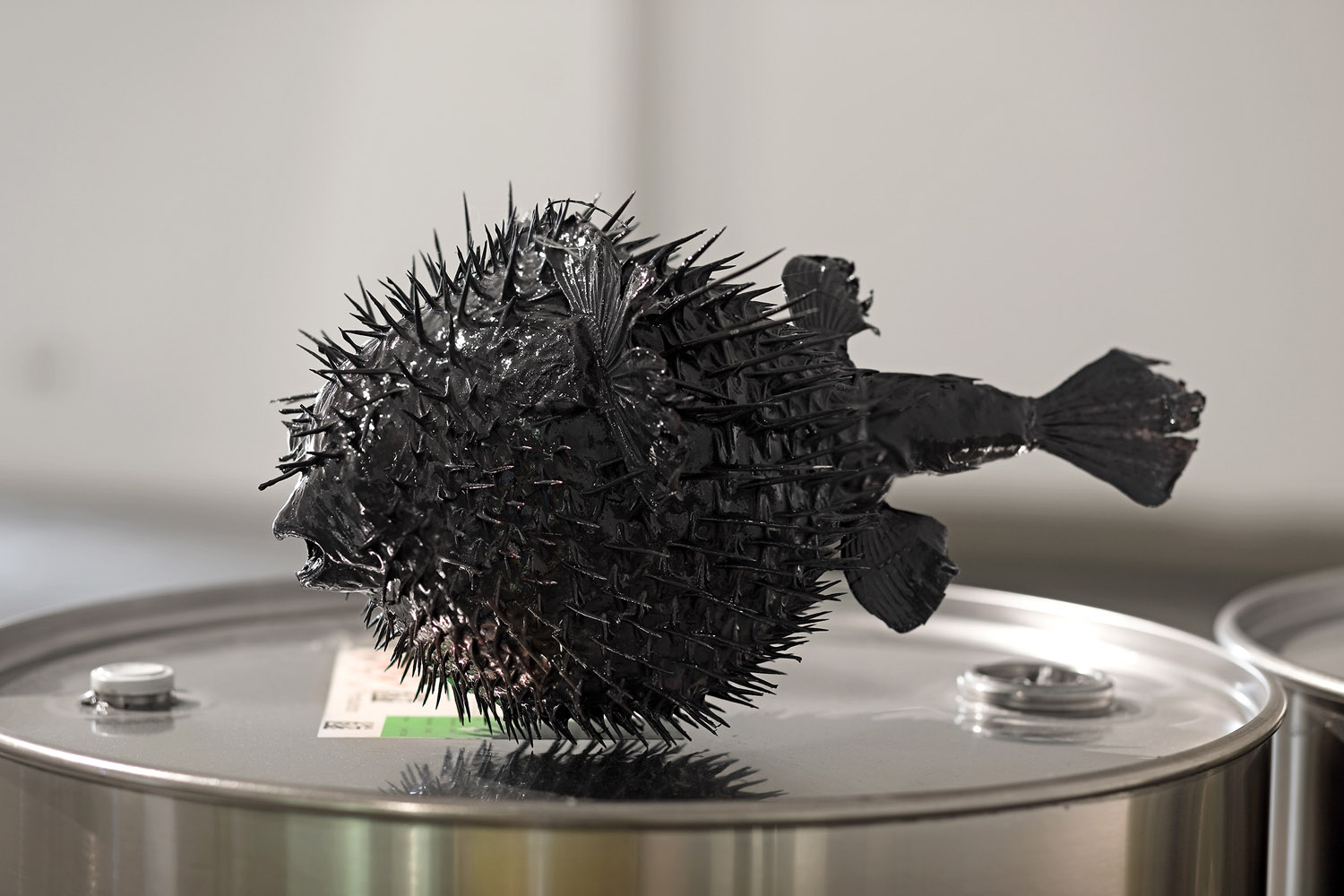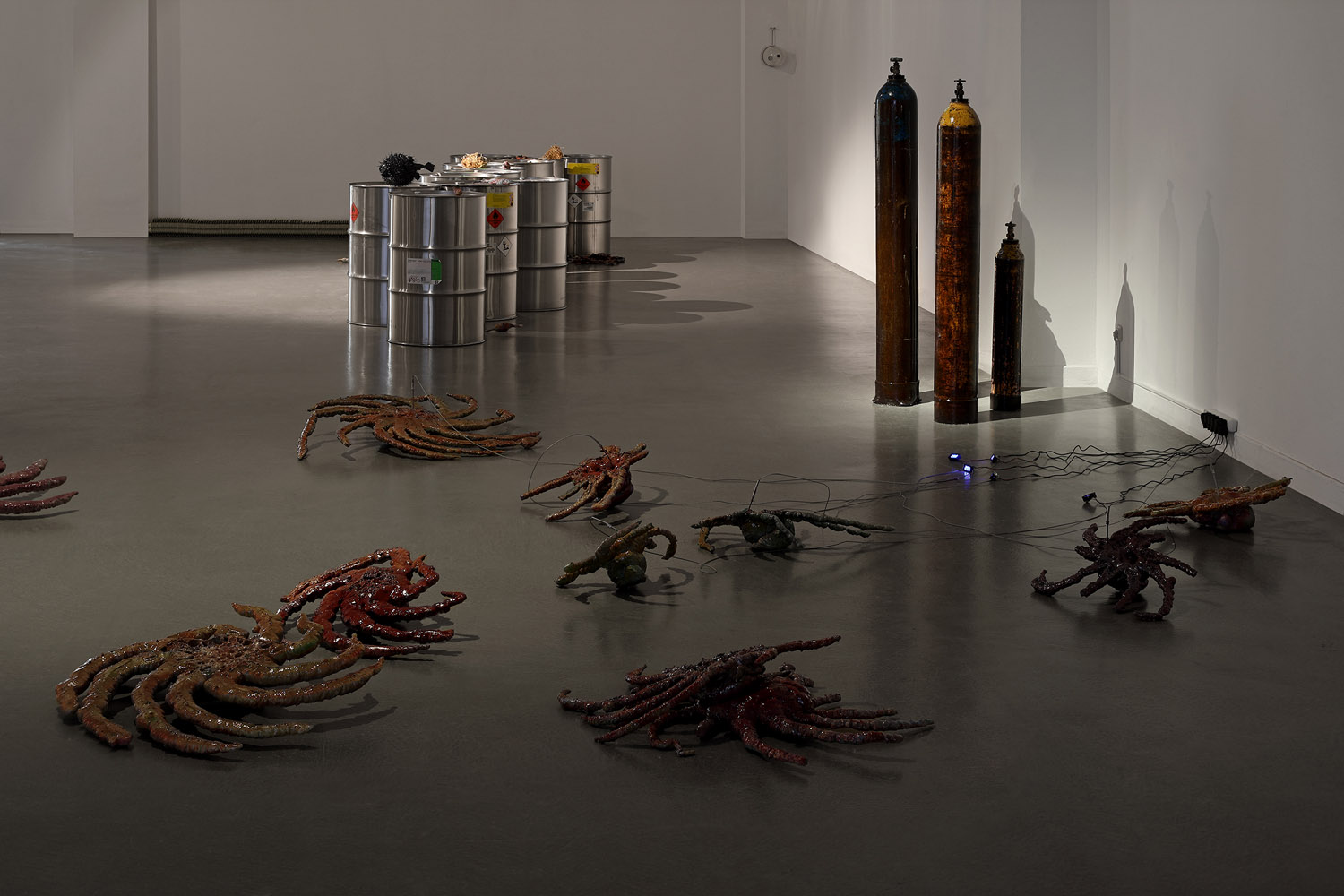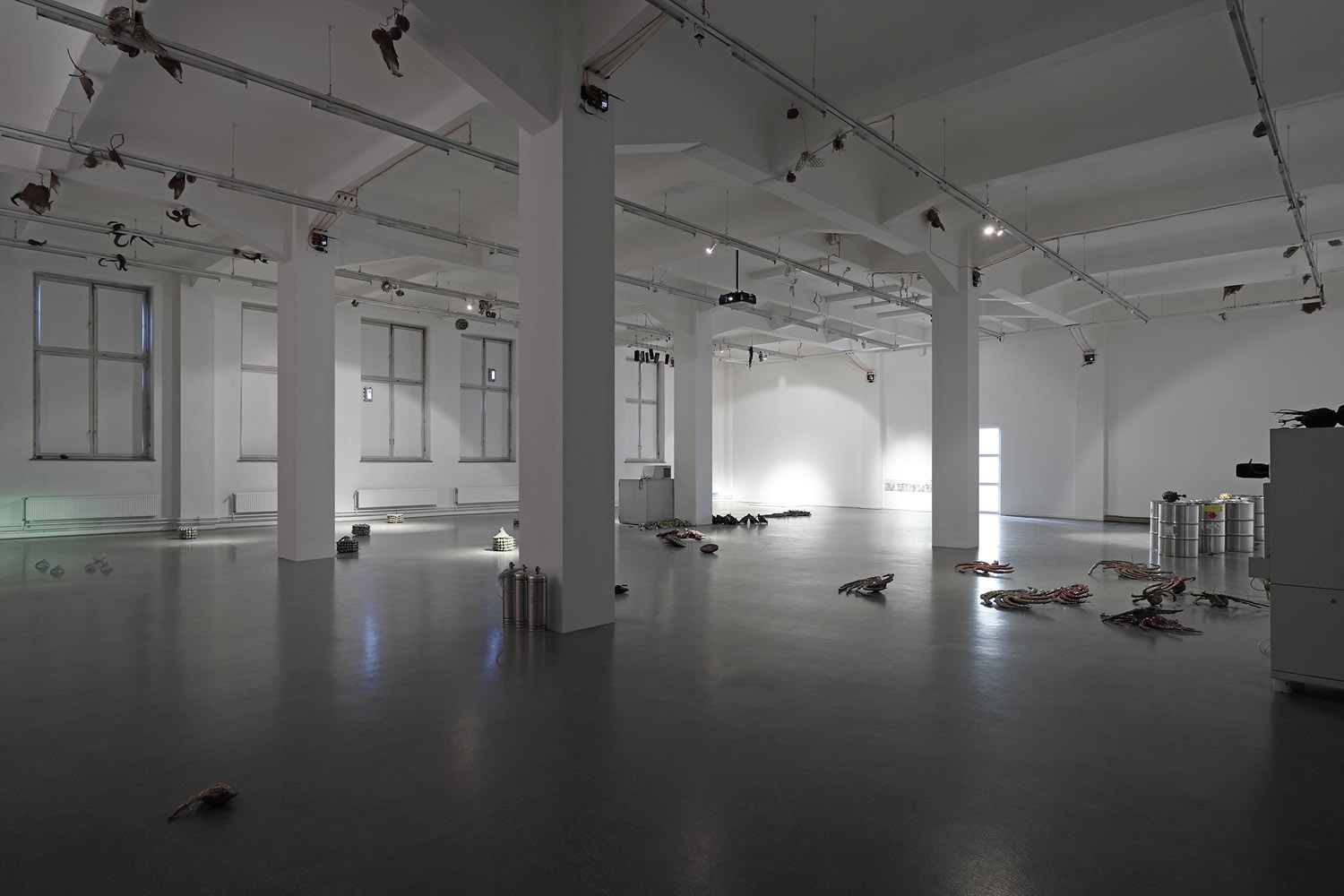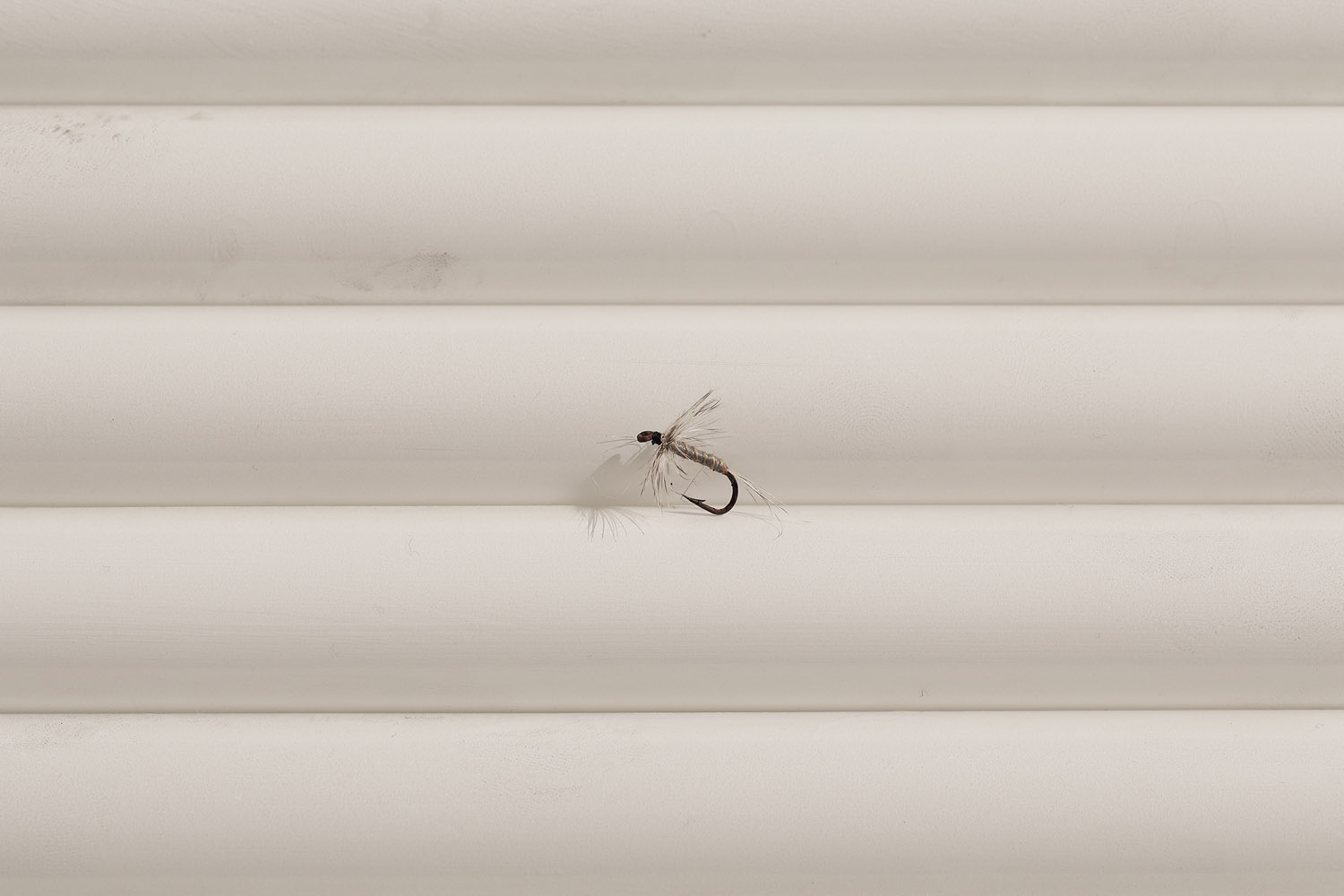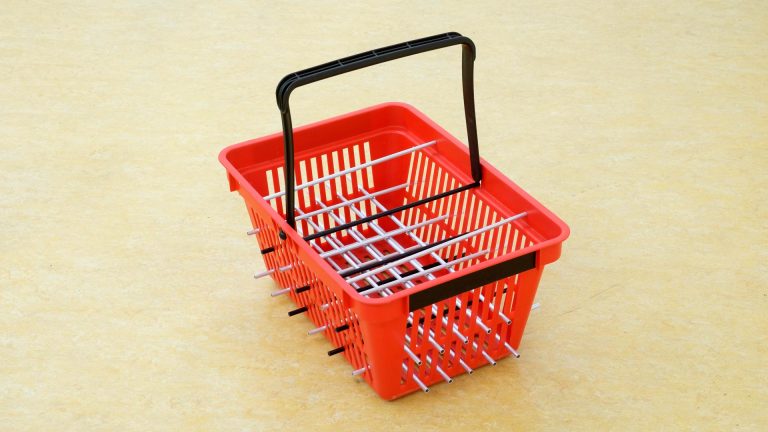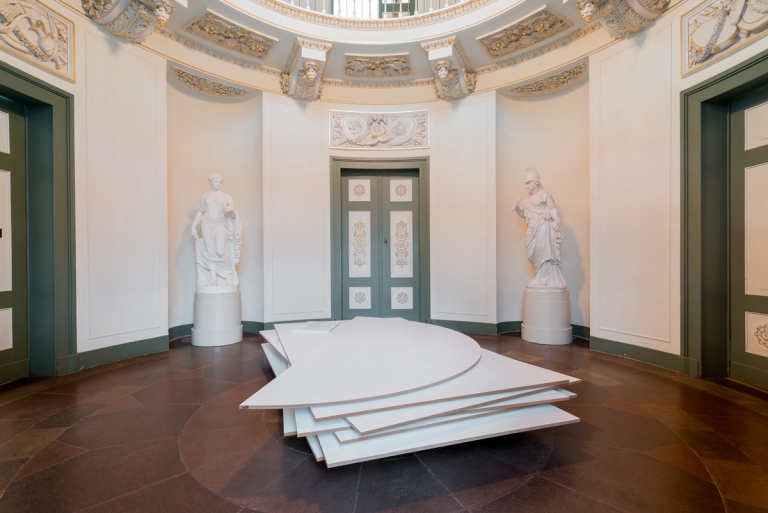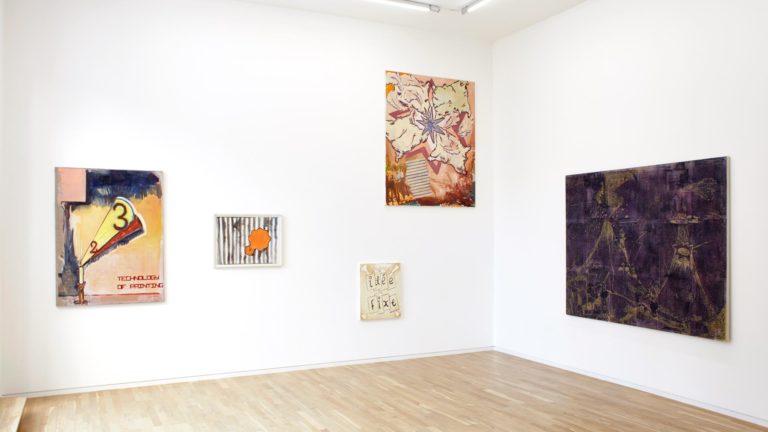Artist: Carlos León Zambrano
Exhibition title: Special Effeggs
Curated by: Anna Nowak
Venue: Kunsthaus Hamburg, Hamburg, Germany
Date: May 8 – July 4, 2021
Photography: all images copyright and courtesy of the artist and Kunsthaus Hamburg
Why does an object fall down?
Because of gravity.
Why is there gravity?
(vgl. Arthur Schopenhauer in: Über die vierfache Wurzel des vom zureichenden Grunde, 1813/1877)
In his artistic practice, the Hamburg-based artist Carlos León Zambrano (b. 1986, Caracas, Venezuela) deals with socio-political issues. He questions real and fictional narrative structures and addresses strategies of social survival with a sense of irony and alert sobriety. Like the barely visible fuse cord recently extended along the ceiling of an exhibition space, his conceptual installations generally consist of minimal interventions into the space, yet often exert a powerful impact through a specific gesture or magical moment. Most of his work is inspired by the informal language, its ciphers and codes from his home country Venezuela. The artist adopts power-political conflicts, but also the connectedness with tradition and contemporary culture to artistic works and combines them with references to current pop culture and everyday life in a globalized world.
In his first institutional solo-exhibition, Zambrano has developed a process-based, ephemeral installation for the Kunsthaus Hamburg. Suspended from the ceiling and distributed on the floor, he stages objects recalling rare natural history objects, scientific instruments and ethnological finds from remote worlds. Organic, amorphous and natural forms inhabit the entire exhibition hall, which, now incorporated into the scenario, has been converted into a kind of field for experimentation. Technical devices supplement the peculiar conglomeration of diverse species, moving in time and space on a thin evolutionary line between imitation, camouflage and mutation.
Triggered by numerous tiny pyrotechnical ignitions, the objects hanging from the ceiling fall to the ground, unexpectedly, as if coincidentally. By some process their location changes, and by hitting the floor their morbid state is altered as well. It is as though they adapt to the natural surroundings for their own protection. Visitors thus will find a changing environment and, at their own risk, enter a mesocosm – an artificially produced world in which they can study the intricate objects through meticulous observation. The viewer himself completes the fauna and flora as a protagonist. It is based on this role as a co-player on an expedition through the field that the artist’s playful approach takes full effect – as implied in the show’s title Special Effeggs. The artist humourously leads us astray, for at first sight the objects’ glossy optics have us thinking of industrial production. On closer inspection, however, one recognizes everyday objects, like the countless egg cartons which were manually reworked and interlaced into new structures resembling fossils or honeycombs. Equipped with toothpicks, their claw-like forms in turn spark chains of associations with reptiles, birds and amphibians. They remind us of the mutability of species and their capability of bringing forth ever-new evolutionary lineages.
Like pieces of evidence from past epochs, the stylized, sometimes overstatedly exotic sculptures seem caught in a strange mysteriousness. Likewise improvised is their smooth and shiny finish reminding of glazed ceramics that actually consists mainly of sweet caramel glaze. A broad spectrum of natural materials, found footage, electric transformers and industrial remainders are intermingled like in a cabinet of curiosities. In Zambrano’s installation, vocabulary drawn from a contemporary, artificially produced consumer goods fetishism is ironically interspersed with natural science exhibits. The mass product from our globalized everyday life is deciphered and reassembled to form paradoxical symbioses. Based on this shift in context Zambrano
challenges our consumer and entertainment culture – and thereby our western system of values. At the same time, he delivers a subtle critique of the colonial perspective and, through playful variants of transformation, illustrates that history is constructed from reality but also from cliché and fiction.
The temporal factor becomes relative – with references to past life and to technical special effects of the present. Evolutionary history and today’s fast-pace life are thus placed in juxtaposition. Dead and living matter also encounter one another in the large-scale video work: the pulsating, slimy soft body of a snail carrying its shell glides through the picture. In its slow path, the trace of life it leaves behind along with its tendency to withdrawal almost symbolically represent a warning of an accelerated future.
The found, unprocessed and artificially produced material assembled to protheses as well as the handcrafted production method of the works question the duality of nature and culture. Based on the conceptual construction of the installation, matter and life are complemented by the so-called third nature – a shifting toward self-reflective, symbolical thinking. According to this concept, homo sapiens is not only able to survive in his biological and cultural context, but is also capable of implementing targeted inventions, developing them further over generations and expanding them to ever-more elaborate systems. It is also the artist’s concern why the human no longer wants to be human. For it is these rational ideas that have promoted the development of a complex institutional order, like political systems and technology and countless connected global problems such as wars and ecological destruction. Progress in the sciences and technology has resulted in the alleged control over nature, and only now, due to the effects of climate crisis, also has brought forth an awareness of our dependency on nature.
So, what actually came first? Zambrano playfully solves the dilemma underlying the separation of the natural from the cultural realm. By example of the chicken-egg problem, he visually and metaphorically picks up on the evolutionary-biological causal chain of cause and effect, only to subsequently reduce them to absurdity. Against the backdrop of the extinction of biodiversity, the artist reminds us that human behaviour has been all but a heroic journey. Evidently, homo sapiens has turned into the biggest predator today – and thus the determining evolutionary factor that places the existence of all living beings and especially his own at stake.
Curated by Anna Nowak
Carlos León Zambrano (b. 1989, Caracas, Venezuela) lives and works in Hamburg. He graduated from the MFA programme at the Academy of Fine Arts Hamburg and has already received several scholarships, et. al. Hamburg grant for Contemporary Art of the Ministry of Culture and Media in 2019. In 2017 he was nominated for the Hiscox Kunstpreis.
Carlos León Zambrano, Special Effeggs, 2021, exhibition view, Kunsthaus Hamburg, photo: Hayo Heye
Carlos León Zambrano, Special Effeggs, 2021, exhibition view, Kunsthaus Hamburg, photo: Hayo Heye
Carlos León Zambrano, Special Effeggs, 2021, exhibition view, Kunsthaus Hamburg, photo: Hayo Heye
Carlos León Zambrano, Special Effeggs, 2021, exhibition view, Kunsthaus Hamburg, photo: Hayo Heye
Carlos León Zambrano, Special Effeggs, 2021, exhibition view, Kunsthaus Hamburg, photo: Hayo Heye
Carlos León Zambrano, Special Effeggs, 2021, exhibition view, Kunsthaus Hamburg, photo: Hayo Heye
Carlos León Zambrano, Special Effeggs, 2021, exhibition view, Kunsthaus Hamburg, photo: Hayo Heye
Carlos León Zambrano, Special Effeggs, 2021, exhibition view, Kunsthaus Hamburg, photo: Hayo Heye
Carlos León Zambrano, Special Effeggs, 2021, exhibition view, Kunsthaus Hamburg, photo: Hayo Heye
Carlos León Zambrano, Special Effeggs, 2021, exhibition view, Kunsthaus Hamburg, photo: Hayo Heye
Carlos León Zambrano, Special Effeggs, 2021, exhibition view, Kunsthaus Hamburg, photo: Hayo Heye
Carlos León Zambrano, Special Effeggs, 2021, exhibition view, Kunsthaus Hamburg, photo: Hayo Heye
Carlos León Zambrano, Special Effeggs, 2021, exhibition view, Kunsthaus Hamburg, photo: Hayo Heye
Carlos León Zambrano, Special Effeggs, 2021, exhibition view, Kunsthaus Hamburg, photo: Hayo Heye
Carlos León Zambrano, Special Effeggs, 2021, exhibition view, Kunsthaus Hamburg, photo: Hayo Heye
Carlos León Zambrano, Special Effeggs, 2021, exhibition view, Kunsthaus Hamburg, photo: Hayo Heye
Carlos León Zambrano, Special Effeggs, 2021, exhibition view, Kunsthaus Hamburg, photo: Hayo Heye
Carlos León Zambrano, Special Effeggs, 2021, exhibition view, Kunsthaus Hamburg, photo: Hayo Heye
Carlos León Zambrano, Special Effeggs, 2021, exhibition view, Kunsthaus Hamburg, photo: Hayo Heye
Carlos León Zambrano, Special Effeggs, 2021, exhibition view, Kunsthaus Hamburg, photo: Hayo Heye
Carlos León Zambrano, Special Effeggs, 2021, exhibition view, Kunsthaus Hamburg, photo: Hayo Heye
Carlos León Zambrano, Special Effeggs, 2021, exhibition view, Kunsthaus Hamburg, photo: Hayo Heye
Carlos León Zambrano, Special Effeggs, 2021, exhibition view, Kunsthaus Hamburg, photo: Hayo Heye
Carlos León Zambrano, Special Effeggs, 2021, exhibition view, Kunsthaus Hamburg, photo: Hayo Heye
Carlos León Zambrano, Special Effeggs, 2021, exhibition view, Kunsthaus Hamburg, photo: Hayo Heye
Carlos León Zambrano, Special Effeggs, 2021, exhibition view, Kunsthaus Hamburg, photo: Hayo Heye
Carlos León Zambrano, Special Effeggs, 2021, exhibition view, Kunsthaus Hamburg, photo: Hayo Heye
Carlos León Zambrano, Special Effeggs, 2021, exhibition view, Kunsthaus Hamburg, photo: Hayo Heye
Carlos León Zambrano, Special Effeggs, 2021, exhibition view, Kunsthaus Hamburg, photo: Hayo Heye

